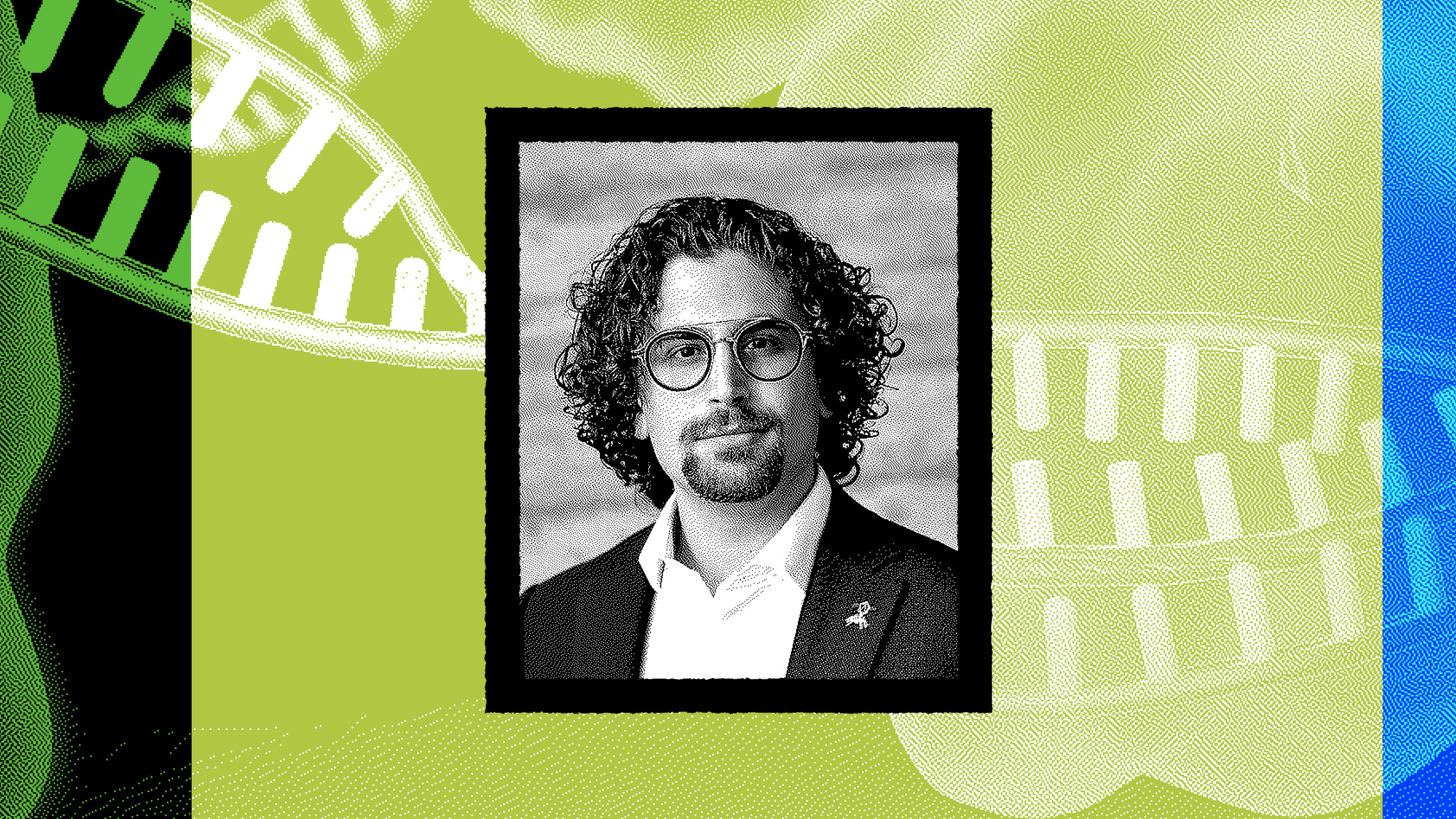5 laws for leaders who want to build trust

Trust can be a fragile thing. Like decorative china or a ship in a bottle, it breaks if handled clumsily. But unlike those, you can’t set trust in your curio cabinet and admire it from behind glass. That’s because trust is a tool. We need to take it off the shelf and use it to build relationships, fortify organizational reputations, and empower goodwill in negotiations.
How do we balance trust’s fragile nature with our need to employ it? Like any skill, we strengthen it through practice, knowledge, and proper handling.
Joel Peterson, former chairman of JetBlue Airways, has used his experience at high-trust organizations to develop five laws for building trust. In this video preview of his expert class, “Developing High-Trust Organizations”, he shares those laws with us:
- Invest in respect. High-trust leaders show respect in every interaction. They consider and appreciate low-level employees, new hires, competitors, suppliers, lenders, and shareholders.
- Measure what you want to achieve. High-trust leaders set clear expectations. They empower people to deliver results.
- Communicate lavishly. High-trust leaders keep the flow of information immediate, current, and transparent. They communicate bad news and good news; and before, during, and after events.
- Strive for win-win negotiations. High-trust leaders think of negotiations as conversations. They solve for fairness.
- Listen, learn, and improve. High-trust leaders show humility. They accept that we are all vulnerable.
Trust is a high-yield investment
But like any productive portfolio, it needs to be diversified. You can’t lavish an inner circle with all your trust and respect. You need to demonstrate both to everyone you encounter and transact with. By investing your respect in others, you build a trustworthy reputation across your industry, and that reputation will pay dividends in your social and business interactions.
An important part of that investment strategy will be clear communication. As Peterson’s architecture example shows us, obscuring information leads to distrust as each party feels the other to be altering the arrangement to benefit them. Even if it’s a simple miscommunication or someone accidentally not being informed, you risk the other party feeling cheated.
For this reason, Peterson recommends practicing immediate and transparent communication at all times. Sugarcoating bad news may feel necessary to spare someone’s feelings, but it can create unreliable information. Alternatively, overly harsh criticism clouds actionable information in negativity. And when you try to hide information from certain groups, you create a vacuum that gossip and rumor will readily fill.
Clear, honest communication also extends to negotiations, which Peterson reminds us are just conversations by another name. If we listen with an ear toward understanding, we can negotiate terms where both parties become richer from the experience. Even if a negotiation doesn’t pan out, if both parties communicate with transparency, they can still lay the foundation of a trustworthy relationship to be drawn from later.
Finally, Peterson asks us to expel the notion that humility is a sign of weak or ineffective leadership. It’s not.
Humble leaders don’t assume they know everything. They maintain a realistic understanding of their skills, foibles, and events within their control. This growth mindset allows them to accept failure as a learning opportunity, both for themselves and others.
This humility generates a reserve of trust that surrounds them. People naturally put more trust into those they know they can safely learn and grow with. And that reserve can fortify trust against the occasional misstep or miscommunication. It allows us to evolve trust from its fragile state and into something more lasting.
Plan your organization’s trust framework with lessons ‘For Business‘ from Big Think+. At Big Think+, Joel Peterson joins more than 350 experts to teach leadership and career development skills. His expert class, “Developing High-Trust Organizations,” contains the following lessons:
- An Introduction to Smart Trust
- The 3 Kinds of Trust
- Five Laws for Leaders Who Want to Build Trust
- Four Principles for Creating a Climate Where Trust Can Thrive
- Six Steps for Dealing with Betrayal
- Be a JetBlue, Not an Enron
Request a demo today!




